The Lyndon B. Johnson Space Center (JSC)
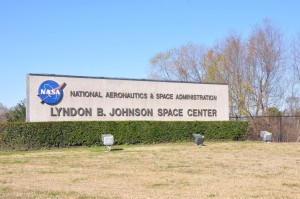
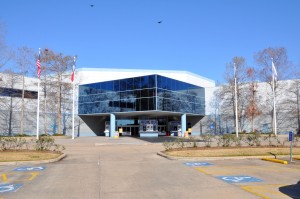 is the National Aeronautics and Space Administration center for human space flight training, research, and flight control. The center consists of a complex of one hundred buildings constructed on 1,620 acres in Houston, Texas. Johnson Space Center is home to the United States astronaut corps and is responsible for training astronauts from both the U.S. and its international partners. It is often popularly referred to by its central function during missions, Mission Control.
is the National Aeronautics and Space Administration center for human space flight training, research, and flight control. The center consists of a complex of one hundred buildings constructed on 1,620 acres in Houston, Texas. Johnson Space Center is home to the United States astronaut corps and is responsible for training astronauts from both the U.S. and its international partners. It is often popularly referred to by its central function during missions, Mission Control.
The center, originally known as the Manned Spacecraft Center, grew out of the Space Task Group formed soon after the creation of NASA to co-ordinate the US manned spaceflight program. A new facility was constructed on land donated by Rice University and opened in 1963. On February 19, 1973, the center was renamed in honor of the late U.S. president and Texas native, Lyndon B. Johnson.
Just outside the entrance are two T-38 jet trainers.
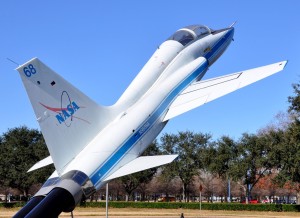
Crew: 2 – Speed: Mach 1.23 (842 MPH) – Ceiling:55,000 feet – Height: 12 feet 11 inches – Length: 46 feet 4 inches – Wingspan: 25 feet 3 inches – From 1961 to 1972, Northrup Aircraft built a total of 1,187 of which 562 are still in service, 26 by NASA
 Two quick anecdotes … as the complex is so large, each building has a rack of bikes which employees can use to go from one building to another as it has been proven to be a faster mode of transportation than requiring what can be very long walks or going to one’s car, driving and having to find a parking spot and walking to the intended building
Two quick anecdotes … as the complex is so large, each building has a rack of bikes which employees can use to go from one building to another as it has been proven to be a faster mode of transportation than requiring what can be very long walks or going to one’s car, driving and having to find a parking spot and walking to the intended building
 and, part of the grounds remain as a natural preserve and farm lands for Rice University, on which long horn cattle are raised.
and, part of the grounds remain as a natural preserve and farm lands for Rice University, on which long horn cattle are raised.
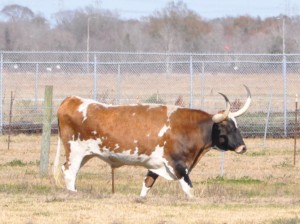 One such bull is estimated to be worth $250,000!
One such bull is estimated to be worth $250,000!
Before touring the museum, we took a tour of three facilities. The first was Mission Control
 We had an opportunity to sit in the spectators’ gallery (where families of the current mission astronauts … who had 24-hour a day access, presidents, senators, congressmen and women, governors, celebrities, the press and others sat and watched)
We had an opportunity to sit in the spectators’ gallery (where families of the current mission astronauts … who had 24-hour a day access, presidents, senators, congressmen and women, governors, celebrities, the press and others sat and watched)
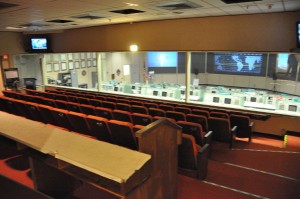 Directly behind an accurately recreation of the original Mission Control, right down to the ashtrays on the backs of some of the seats in the spectator area and on the desks in the control room.
Directly behind an accurately recreation of the original Mission Control, right down to the ashtrays on the backs of some of the seats in the spectator area and on the desks in the control room.
On the wall to the right are the logo plaques (each one uniquely designed by the mission crews) of successfully completed flights.
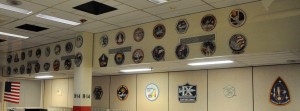 On the left wall are plaques posted during the flight missions. Tragically, those of Apollo-1 and the Space Shuttles Challenger and Columbia (not visible in the below photo) remain.
On the left wall are plaques posted during the flight missions. Tragically, those of Apollo-1 and the Space Shuttles Challenger and Columbia (not visible in the below photo) remain.
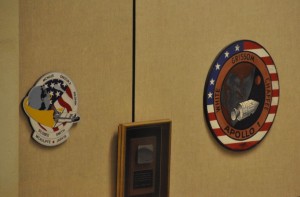 There is also a plaque on the left wall from the crew of Apollo-13 thanking the Mission Control specialists for their assistance in helping them return safely home, which also contains a mirror from their command module.
There is also a plaque on the left wall from the crew of Apollo-13 thanking the Mission Control specialists for their assistance in helping them return safely home, which also contains a mirror from their command module.
In the lobby of the Mission Control Building are patches and specially designed Omega watches from each mission.

 Our next stop was the Space Vehicle Mock-up Facility, which includes several Space Shuttlemockups, full-scale replicas of every major pressurized module on the International Space Station (ISS).
Our next stop was the Space Vehicle Mock-up Facility, which includes several Space Shuttlemockups, full-scale replicas of every major pressurized module on the International Space Station (ISS).

Russian Soyuz Spacecraft … currently the vehicle for sending men and women to and from the International Space Station. One Soyuz always remains docked to the ISS to return all six inhabitants to earth in the event of an emergency (in fact such a drill was actually held this morning)
as well as developmental components for future manned space missions, including those for the trip to Mars (currently scheduled for the 2030s). It’s primarily use is for astronaut training and systems familiarization.

Orion Command Module … in which the crew will live for up to six months during its transit to the Red Planet
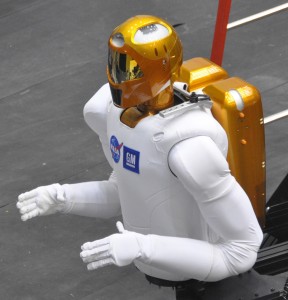
Robo-X torso, a robot being developed to handle some chores, specifically including EVAs (extra-vehicular activities)
The final stop on our tour was the rocket facility. Outside was a Redstone rocket used for the Mercury program, standing tall next to one of the Saturn-V rocket engines which were used to launch the Apollo missions.

A cluster of five engines (each weighing 16,500 pounds and developed a thrust of 1,500,000 pounds) like the one above were powered for 2½ minutes lifting the Saturn V to an altitude of about 41 miles and a speed of roughly 6,000 miles per hour.

In the above background is “Little Joe” which was used for Apollo spacecraft transonic and high altitude abort testing at White Sands. In a test it launched the Command Module to 19,000 feet and away from danger with a parachute then lowering the Module to the desert floor
Inside an adjacent building the Apollo-18 Saturn V is on display (Congress cancelled the final three Apollo flights to the moon … Apollo-17 was the last)
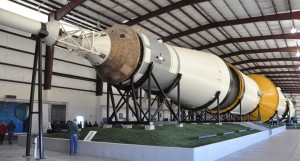 Other displays from America’s manned space program from Mercury, Gemini and Apollo to SkyLab, the Space Shuttle and finally the ISS include:
Other displays from America’s manned space program from Mercury, Gemini and Apollo to SkyLab, the Space Shuttle and finally the ISS include:
Faith 7 (Mercury Program) – flown by Gordon Cooper May 15-16, 1963. It was the last of the Mercury flights. 

Gemini 4 module in which Ed White became the first US astronaut to take a space walk (tethered to his spacecraft)
Soil sample scoop from Apollo-11 mission
Lunar Lander
Mock-up of LEM (Lunar Module) Cockpit
 Actual Apollo-17 Command Module
Actual Apollo-17 Command Module
Lunar Rover
 Why are there no stars shown ? ? ? ? ? – The diorama for the moon is missing stars in the lunar sky because the Apollo astronauts did not see them from the Moon’s surface. The missions that landed on the Moon were designed to be there during the long, two-week lunar days. Just as the stars are not visible on Earth during the day, they are not visible from the surface of the Moon during lunar days. The reflection of light from the Sun off the surface of the Moon is so bright, that the pupils of the astronaut’s eyes contracted, making it impossible to see dimmer light coming from the stars.
Why are there no stars shown ? ? ? ? ? – The diorama for the moon is missing stars in the lunar sky because the Apollo astronauts did not see them from the Moon’s surface. The missions that landed on the Moon were designed to be there during the long, two-week lunar days. Just as the stars are not visible on Earth during the day, they are not visible from the surface of the Moon during lunar days. The reflection of light from the Sun off the surface of the Moon is so bright, that the pupils of the astronaut’s eyes contracted, making it impossible to see dimmer light coming from the stars.
Samples of Lunar Rocks
Full-size Mock-up of SkyLab
A sample of what space debris can do … this 4-inch thick aluminum block as hit by a 1-inch, half-ounce plastic cylinder at 15,200 MPH. The plastic went almost all the way through the block, showing even plastic can be damaged at orbital speeds … and most space debris is metal, not plastic. 
The Space Shuttle
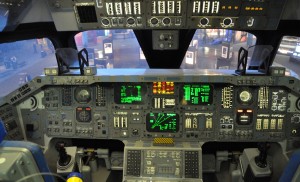
Mock-up of Space Shuttle Cockpit … Looks like you’d have to be a “Rocket Scientist” to operate this vehicle
|
Mission |
Rocket |
LV Serial No |
Commander |
Sr Pilot/ CM Pilot |
Pilot/ LM Pilot |
CM Name |
LM Name |
Launch Date |
Launch Time |
Duration |
|
Apollo 1 (AS-204)
|
AS-204 |
N/A |
No LM |
21 February 1967 (Planned) |
N/A |
N/A |
||||
|
Never launched. On 27 January 1967, a fire erupted in the Apollo command module during a test on the launch pad, destroying the module and killing astronauts Grissom, White, and Chaffee. The Saturn 1B launch vehicle, serial number AS-204, was undamaged and later used for the Apollo 5 mission. |
||||||||||
|
|
AS-205 |
N/A |
No LM |
11 October 1968 |
15:02 GMT |
10d 20h |
||||
|
A test flight of the Block II CSM in Earth orbit, Apollo 7 was the first manned Apollo flight and the first manned flight of the Saturn IB. It was the only manned Apollo launch not from LC 39. It included the first live TV broadcast from an American spacecraft. |
||||||||||
|
|
AS-503 |
N/A |
No LM |
21 December 1968 |
12:51 GMT |
06d 03h |
||||
|
Apollo 8 was the first manned circumlunar flight of the CSM (10 orbits in 20 hours) and the first manned flight of the Saturn V. The crew were the first humans to see the far side of the Moon and earthrise over the lunar horizon with their own eyes. Live television pictures were broadcast to Earth. |
||||||||||
|
|
AS-504 |
Gumdrop |
Spider |
3 March 1969 |
16:00 GMT |
10d 01h |
||||
|
During 10 days in Earth orbit, Apollo 9 conducted the first manned flight test of the Lunar Module, demonstrating its propulsion and ability to rendezvous and dock with the CSM. An EVA tested the Portable Life Support Systems. |
||||||||||
|
|
AS-505 |
Charlie Brown |
Snoopy |
18 May 1969 |
16:49 GMT |
08d 00h |
||||
|
In this “dress rehearsal” for the lunar landing, Apollo 10’s Lunar Module was flown manned around the Moon and descended to 8.4 nautical miles (15.6 km) without landing. |
||||||||||
|
|
AS-506 |
Columbia |
Eagle |
16 July 1969 |
13:32 GMT |
08d 03h |
||||
|
On July 20, 1969, the Apollo 11 Lunar Module performed the first manned landing on the Moon in the Sea of Tranquility, overcoming navigation errors and computer alarms. Astronauts Armstrong and Aldrin performed a single EVA in the direct vicinity of the LM. |
||||||||||
|
|
AS-507 |
Yankee Clipper |
Intrepid |
14 November 1969 |
16:22 GMT |
10d 04h |
||||
|
Following two lightning strikes on the spacecraft during launch, with brief loss of fuel cells and telemetry, Apollo 12 performed the first precise manned landing on the Moon in the Ocean of Storms near the Surveyor 3 probe. In two EVAs, the astronauts recovered portions of Surveyor and returned them to Earth. First controlled LM ascent stage impact after jettison; first use of deployable S-band antenna; lunar TV camera damaged by accidental exposure to sun. |
||||||||||
|
|
AS-508 |
Odyssey |
Aquarius |
11 April 1970 |
19:13 GMT |
05d 22h |
||||
|
Intended to land at Fra Mauro, Apollo 13’s mission was aborted after an SM oxygen tank exploded on the trip to the moon, causing the landing to be cancelled. After a single loop around the moon, the LM was used as crew “lifeboat” for safe return. First S-IVB stage impact on Moon as active seismic test. |
||||||||||
|
|
AS-509 |
Kitty Hawk |
Antares |
31 January 1971 |
21:03 GMT |
09d 00h |
||||
|
After docking problems, a faulty LM abort switch and delayed landing radar acquisition, Apollo 14’s LM landed successfully at Fra Mauro. First color video images from the surface of the Moon, first materials science experiments in space, and two EVAs, in one of which Shepard performed a golf shot. |
||||||||||
|
|
AS-510 |
Endeavour |
Falcon |
26 July 1971 |
13:34 GMT |
12d 07h |
||||
|
Apollo 15, landing at Hadley-Apennine was the first “J series” mission with a 3-day lunar stay and extensive geology investigations. First use of the Lunar Roving Vehicle, driving 17.25 miles (27.8 km); 1 lunar “standup” EVA, 3 lunar surface EVAs, and deep space EVA on return to retrieve orbital camera film from SM. |
||||||||||
|
|
AS-511 |
Casper |
Orion |
16 April 1972 |
17:54 GMT |
11d 01h |
||||
|
After a malfunction in a backup CSM yaw gimbal servo loop delayed the landing and reduced CSM time in lunar orbit, Apollo 16’s LM landed in the Descartes Highlands. No ascent stage deorbit due to malfunction; 3 lunar EVAs and deep space EVA. |
||||||||||
|
|
AS-512 |
America |
Challenger |
7 December 1972 |
05:33 GMT |
12d 13h |
||||
|
The final Apollo lunar mission landed at Taurus-Littrow. Schmitt, a geologist, was the first professional scientist to go on a NASA mission. First night launch; 3 lunar EVAs and deep space EVA. As of 2013, the last manned spaceflight beyond low Earth orbit. |
||||||||||
The assembly of the International Space Station (ISS) would not have been possible without the support of the Space Shuttle. The shuttle flew 37 flights to assist in building the ISS in orbit. It launched more people and cargo, including the majority of the almost 1-million pound station, than any other space craft. After 13 years of space station missions, the final shuttle flight visited the ISS in July 2011.

Flying at 17,500 MPH is circles the earth every 90 minutes – Total Mass: 861,804 pounds – Total Habitable Volume: 12, 696 cubic feet (the living space of a 5-6 bedroom house) – 357 feet in length (longer than an American football field) – 52 on-board computers – a rotating crew of 6 – 200+ concurrent experiments being conducted – The ISS ha an array of eight, 240 foot solar wings with a combined surface area of more than an acre and over 512 individual solar cells which can generate a total of 96 Kilowatts of electricity carried to space station equipment by eight miles of wires
There was also a detailed presentation as well as a full-scale model of Curiosity, our latest Mars rover which was launched from Cape Canaveral on November 26, 2011, and successfully landed on Aeolis Palus in Gale Crater on Mars on August 6, 2012.
As the Curiosity rover rolls across the lonely surface of Mars, it leaves in its tracks a message from home … in Morse code.
 The tracks in the photo above, laid down during Curiosity’s first test drive, contain embedded marks that the rover can use as reference points to estimate how far it has traveled. The rover’s zigzagging wheel treads are punctuated by straight bands, which leave a telltale mark in the Martian soil on each revolution of the wheel. According to NASA, Curiosity’s visual-odometry systems can use those wheel rotations, in the absence of prominent landmarks on the surface, to estimate how far the rover has driven. The tread bands are not simple straight lines, however. They are embellished with cutouts of different sizes that correspond to the dots and dashes of Morse code. In dot-dash notation, each wheel carries three characters (• – – – / • – – • / • – • •), which spells out “JPL.” Those letters, of course, are the acronym of the Jet Propulsion Laboratory in Pasadena, Calif., which manages the rover mission for NASA.
The tracks in the photo above, laid down during Curiosity’s first test drive, contain embedded marks that the rover can use as reference points to estimate how far it has traveled. The rover’s zigzagging wheel treads are punctuated by straight bands, which leave a telltale mark in the Martian soil on each revolution of the wheel. According to NASA, Curiosity’s visual-odometry systems can use those wheel rotations, in the absence of prominent landmarks on the surface, to estimate how far the rover has driven. The tread bands are not simple straight lines, however. They are embellished with cutouts of different sizes that correspond to the dots and dashes of Morse code. In dot-dash notation, each wheel carries three characters (• – – – / • – – • / • – • •), which spells out “JPL.” Those letters, of course, are the acronym of the Jet Propulsion Laboratory in Pasadena, Calif., which manages the rover mission for NASA.
Leaving, we passed by the space shuttle INDEPENDENCE in our parking lot, currently being refurbished before going on public display.
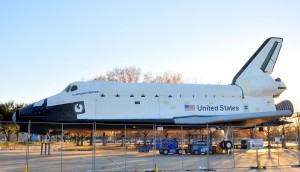 All in all, we enjoyed the Johnson Space Center far more than our visit of last year to the Kennedy Space Center and felt it was more educational.
All in all, we enjoyed the Johnson Space Center far more than our visit of last year to the Kennedy Space Center and felt it was more educational.
While many cities are decorated with brightly painted cows, horses and even pianos, passing through the Gulf-side community of El Lago enroute back to our campground, we discovered their animal of choice pelicans.
Tonight there was a beautiful Full Moon!

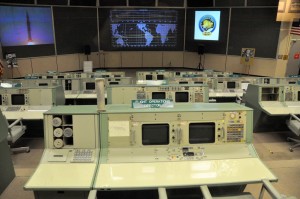
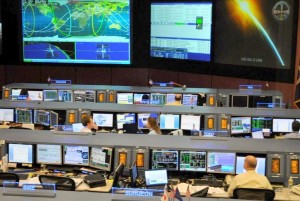
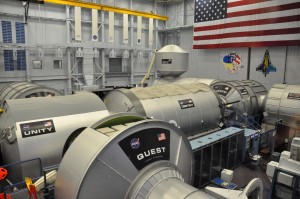
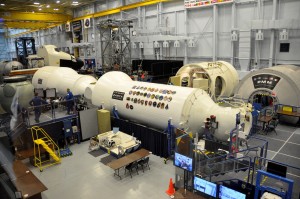
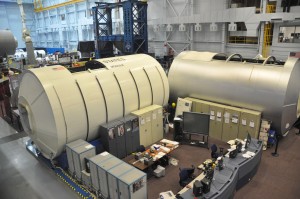
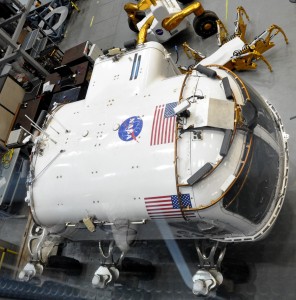

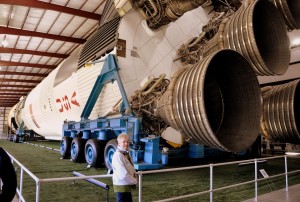
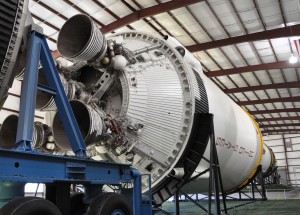
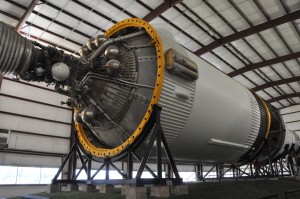
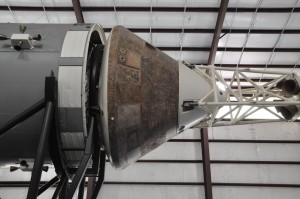
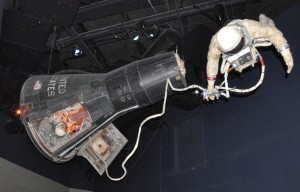
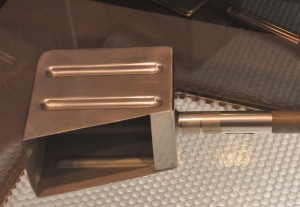
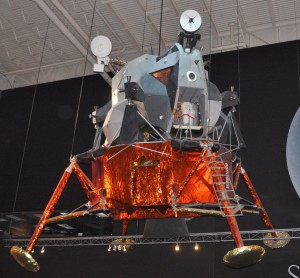

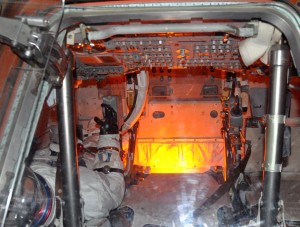
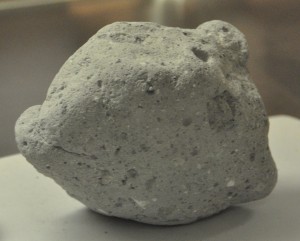

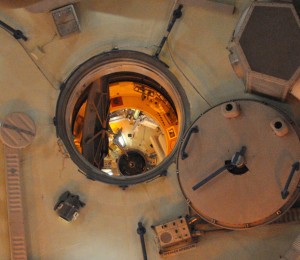

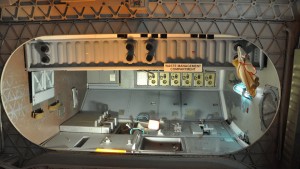

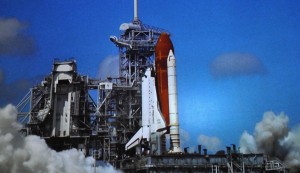




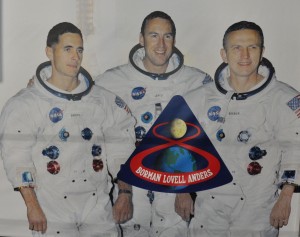


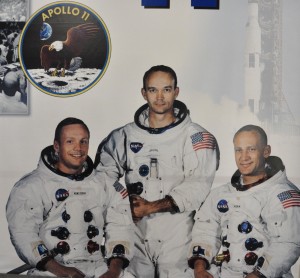
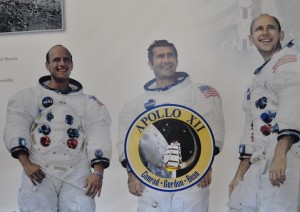
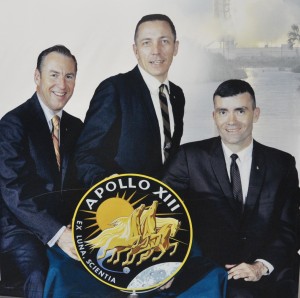


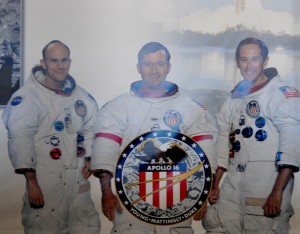
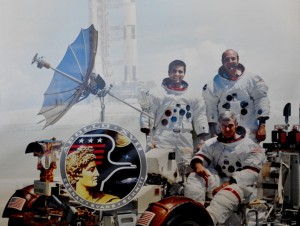
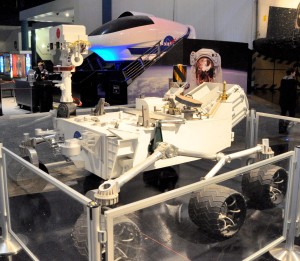
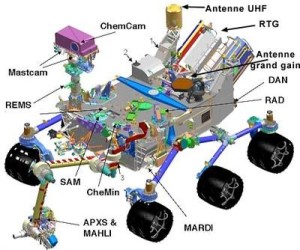


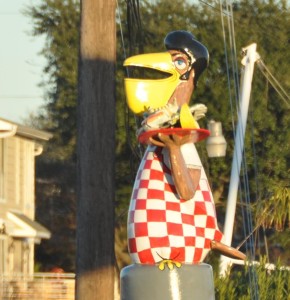

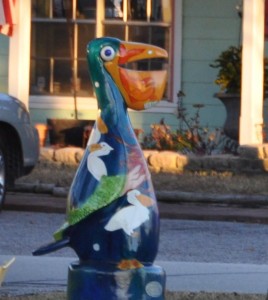

Hi there it’s me, I am also visiting this website regularly,
this website is genuinely pleasant and the people are in fact sharing fastidious thoughts.
Feel free to surf to my homepage; vpn special code
What a information of un-ambiguity and preserveness of valuable familiarity concerning unexpected emotions.
Feel free to visit my website :: vpn special code